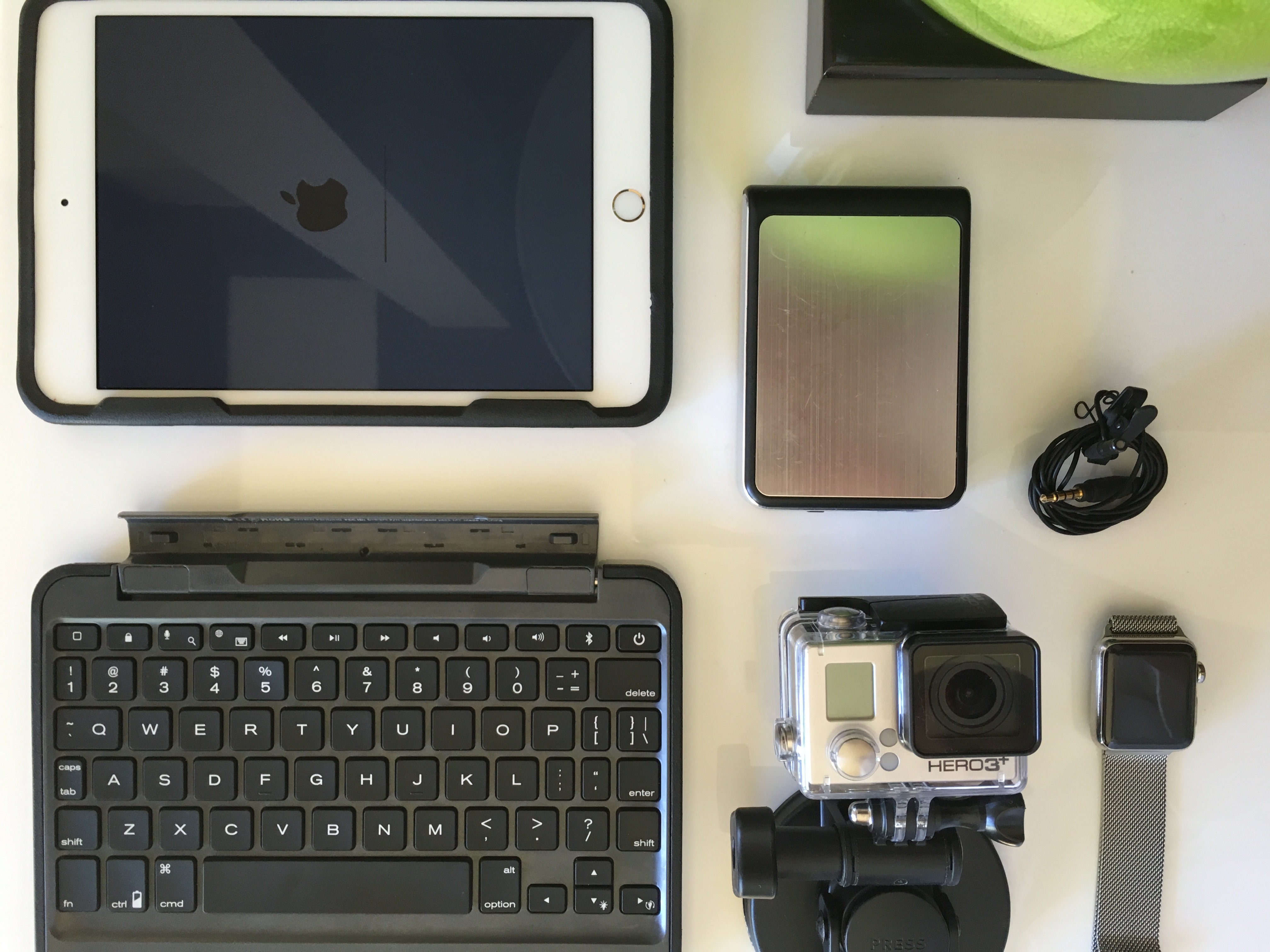Recently, Nielsen released its third report, Resilient, Receptive and Relevant, 2013 report, on African American consumers and our purchasing and viewing patterns – and it’s an interesting and eye opening read. The report is geared towards companies wanting to gain connections in the African American community to market their brands and services by looking at demographic, shopping, buying, viewing, mobile, and digital behavior and trends. My focus here is on DIGITAL.
The report reveals that compared to all other consumer groups African Americans:
– – Spend 44% more time on education and career websites
– – 21% more time on family and lifestyle websites
The report states that these findings are, “Breaking the myth that Blacks are disinterested in education and the family’s well-being.”
African Americans have always led and been early adopters of technology and internet services, but this is new micro-level insight from this report. Another key indicator is African Americans spend twice as much time at web hosting websites than other consumer groups, indicating a likely ownership of personal websites, which can mean we are not just consumers of the technology, it means we are developing and creating personal websites for expression, blogging, writing, and generating money.
The report states that, “Blacks have taken to social media sites like Facebook and Twitter to gain desired exposure in cyberspace and use social networking to mitigate real world inequality. For Blacks online platforms are like beauty/barbershops where people come to voice their opinions, share funny stories, and connect with others.
By age groups –
– 45 – 64 year olds spend the most time on Facebook
– 35 – 44 year olds spend the most time on Tumblr
– 18 – 34 year olds spend 11% more time on Twitter than all other age groups
And of course most of us use our smartphone to interact on these platforms with 73% of the market share using an Android smartphone and 27% for iPhone. African Americans also use mobile payment services such as Paypal for more practical purposes.
How do you feel about these findings?






